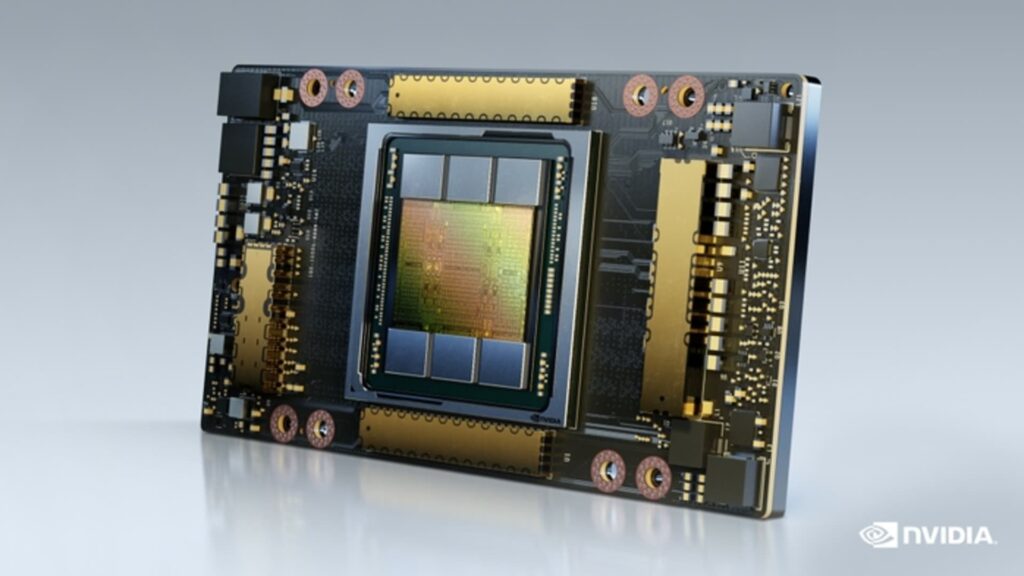Nvidia CEO Jensen Huang speaks during a press conference at The MGM during CES 2018 in Las Vegas on January 7, 2018.
Mandel Ngan | AFP | Getty Images
Software that can write passages of text or draw pictures that look like a human created them has kicked off a gold rush in the technology industry.
Companies like Microsoft and Google are fighting to integrate cutting-edge AI into their search engines, as billion-dollar competitors such as OpenAI and Stable Diffusion race ahead and release their software to the public.
Powering many of these applications is a roughly $10,000 chip that’s become one of the most critical tools in the artificial intelligence industry: The Nvidia A100.
The A100 has become the “workhorse” for artificial intelligence professionals at the moment, said Nathan Benaich, an investor who publishes a newsletter and report covering the AI industry, including a partial list of supercomputers using A100s. Nvidia takes 95% of the market for graphics processors that can be used for machine learning, according to New Street Research.
The A100 is ideally suited for the kind of machine learning models that power tools like ChatGPT, Bing AI, or Stable Diffusion. It’s able to perform many simple calculations simultaneously, which is important for training and using neural network models.
The technology behind the A100 was initially used to render sophisticated 3D graphics in games. It’s often called a graphics processor, or GPU, but these days Nvidia’s A100 is configured and targeted at machine learning tasks and runs in data centers, not inside glowing gaming PCs.
Big companies or startups working on software like chatbots and image generators require hundreds or thousands of Nvidia’s chips, and either purchase them on their own or secure access to the computers from a cloud provider.
Hundreds of GPUs are required to train artificial intelligence models, like large language models. The chips need to be powerful enough to crunch terabytes of data quickly to…
Read the full article here





